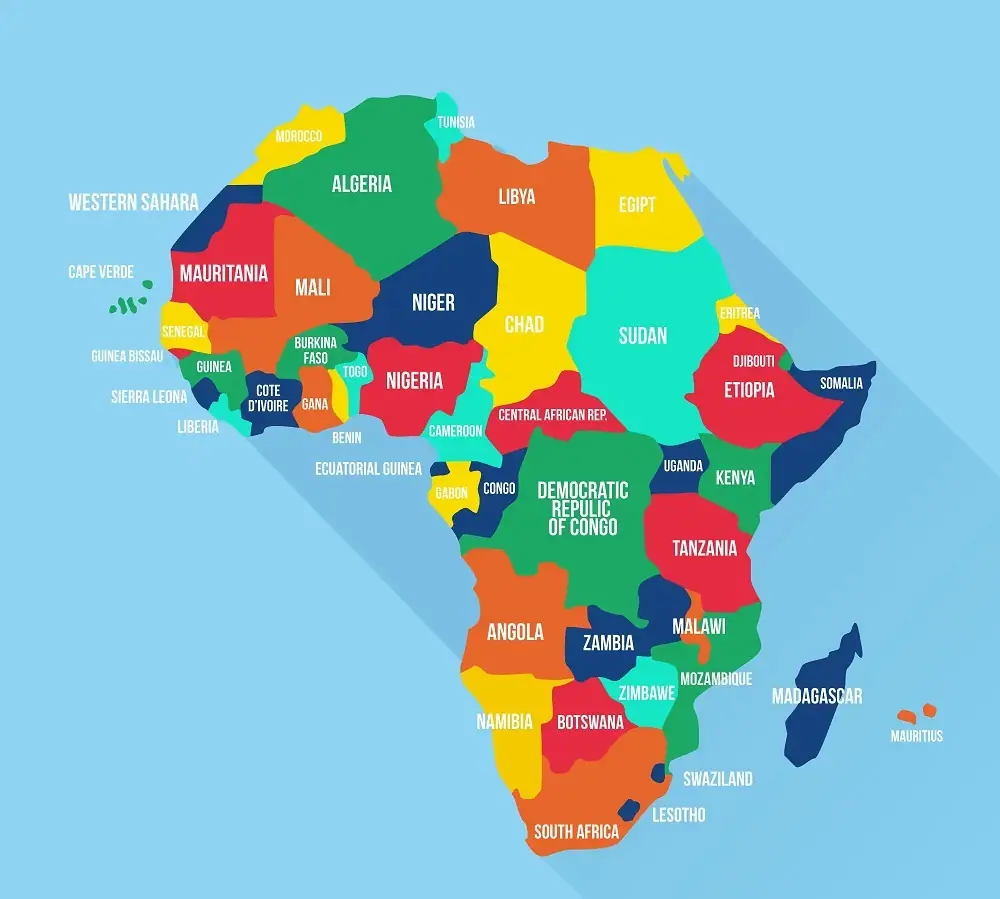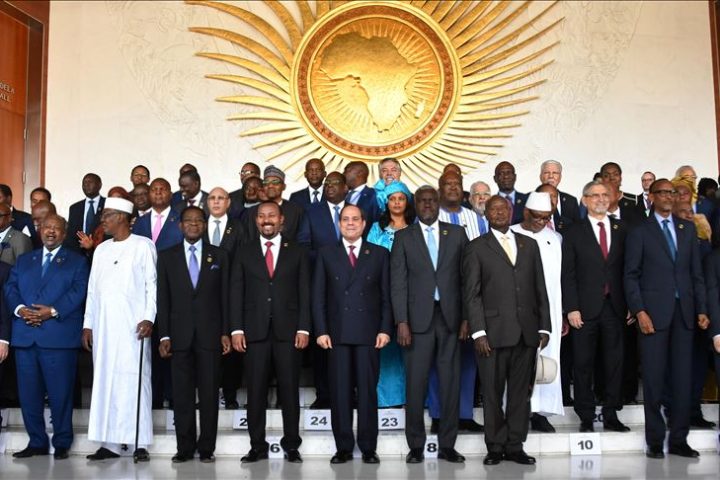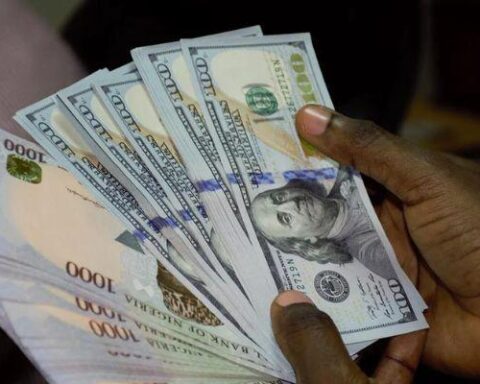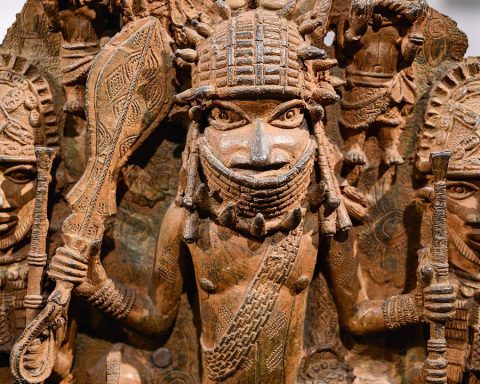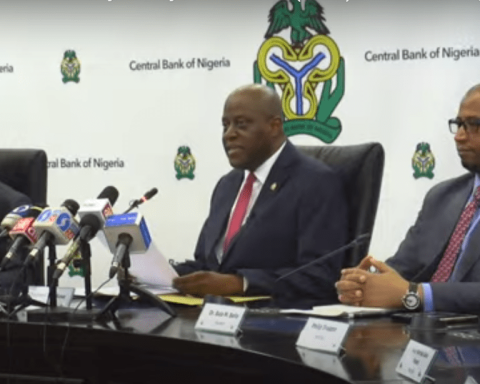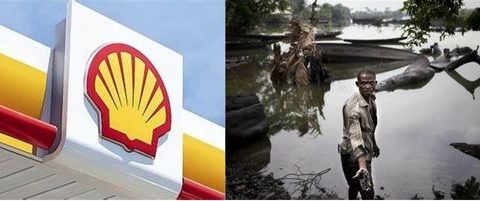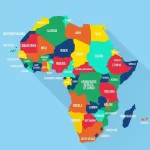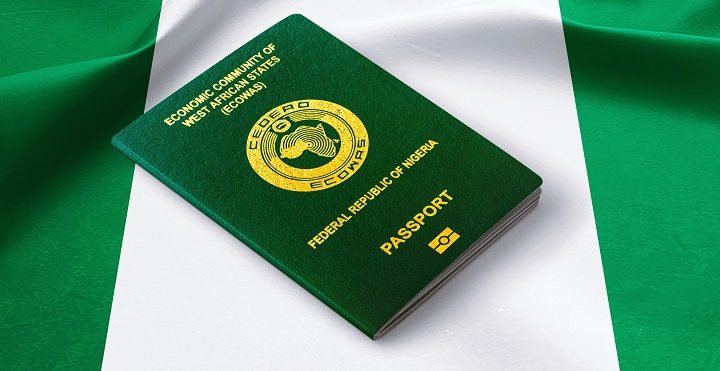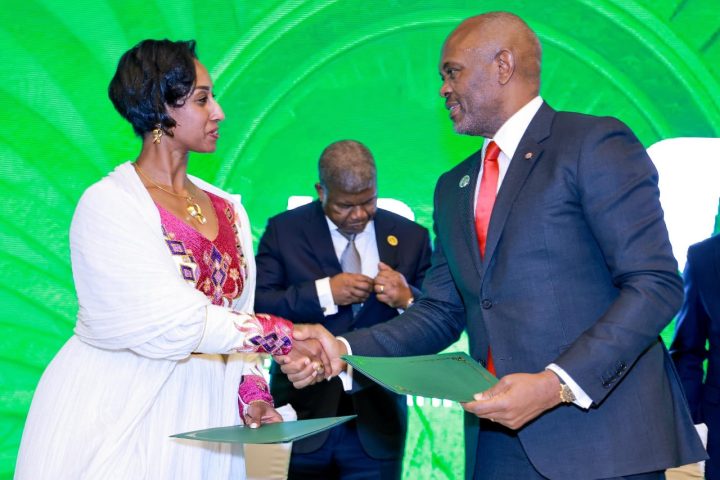In 2025, the economic landscape of Africa showcases a diverse range of nations leading in wealth and development. This assessment is based on Gross Domestic Product (GDP) per capita, adjusted for Purchasing Power Parity (PPP), which offers a standardised comparison of living standards by accounting for inflation and cost of living differences. The following list highlights the top 10 richest countries in Africa for 2025, according to the International Monetary Fund (IMF).
1. Seychelles
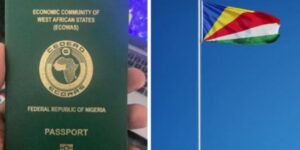
Leading the continent, Seychelles boasts a GDP-PPP per capita of $43,070. Its economy thrives on tourism, fisheries, and financial services. The government’s emphasis on sustainable tourism and economic diversification has been pivotal in ensuring long-term growth and stability. Efforts to maintain environmental conservation have also enhanced its appeal as a prime tourist destination.
READ ALSO: List Of Highest-paid African Footballers In 2025
2. Mauritius
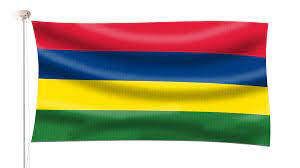
With a GDP-PPP per capita of $33,954, Mauritius has transformed into a financial hub in Africa. The economy is bolstered by financial services, tourism, and manufacturing sectors. Proactive government policies have attracted international investments, fostering a conducive environment for business and innovation. The country’s strategic location and political stability further enhance its economic prospects.
3. Gabon

Gabon registers a GDP-PPP per capita of $24,682, largely due to its abundant oil resources. Recognizing the need for economic diversification, the government has invested in mining, agriculture, and infrastructure projects. These initiatives aim to reduce the nation’s dependence on hydrocarbons and promote sustainable development. Additionally, Gabon’s rich biodiversity offers potential for eco-tourism and conservation efforts.
4. Egypt
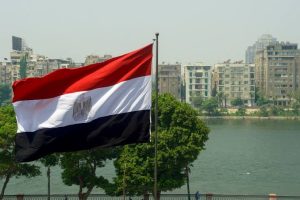
Egypt’s GDP-PPP per capita stands at $21,608, supported by a diverse economy encompassing tourism, agriculture, remittances, and manufacturing. Ongoing investments in infrastructure and successful attraction of foreign capital have strengthened its economic foundation. The Suez Canal continues to be a significant source of revenue, facilitating international trade. Moreover, Egypt’s cultural heritage sites remain major attractions, boosting the tourism sector.
5. Botswana
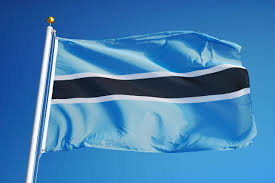
Achieving a GDP-PPP per capita of $20,311, Botswana is noted for its stable economic growth and effective diversification strategies. The prudent management of diamond resources has been complemented by investments in tourism and agriculture. A recent 10-year diamond sales agreement with De Beers has further solidified its economic standing, increasing the government’s share in diamond sales and extending mining licenses.
6. Equatorial Guinea
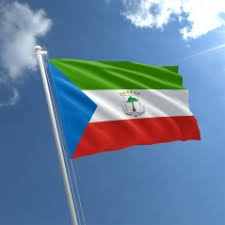
Equatorial Guinea’s GDP-PPP per capita is $20,477, primarily driven by the oil industry. The government is actively pursuing economic diversification by enhancing infrastructure and investing in agriculture and service sectors. These efforts aim to create a more resilient economy less susceptible to fluctuations in oil prices. Improving human capital through education and healthcare is also a focus to support long-term development.
READ ALSO: African Countries With The Largest Proven Oil Reserves In 2025
7. Algeria
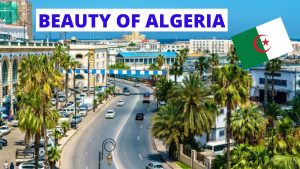
With a GDP-PPP per capita of $18,342, Algeria’s economy is heavily reliant on oil and gas exports. To mitigate this dependency, the government is implementing reforms to develop renewable energy and manufacturing sectors. A notable development is the $850 million contract signed between Algeria’s Sonatrach and China’s Sinopec for hydrocarbon exploration, indicating a commitment to sustaining and expanding its energy sector.
8. Libya
Libya’s GDP-PPP per capita stands at $17,597, predominantly sustained by oil exports. Despite facing economic challenges due to political instability, efforts are underway to rebuild infrastructure and diversify the economy. Stabilizing the political landscape remains crucial for economic recovery and attracting foreign investments. The country’s strategic location offers potential for trade and investment once stability is achieved.
9. South Africa
South Africa has a GDP-PPP per capita of $16,008, with a diverse economy that includes mining, financial services, and manufacturing. Challenges such as unemployment and energy constraints persist, but investments in infrastructure and technology are driving growth. The country’s well-developed financial sector and stock exchange are among the most advanced on the continent, facilitating investment and economic activities.
10. Tunisia
Tunisia’s GDP-PPP per capita is $14,717, supported by a mixed economy of tourism, agriculture, and manufacturing. The government is implementing reforms to improve business conditions and attract foreign investment. Political stability and strategic location make Tunisia a favorable destination for investors seeking access to both African and European markets.
In summary, the richest countries in Africa in 2025 exhibit a blend of natural resource wealth and strategic economic diversification. While oil and gas remain significant contributors, nations are increasingly investing in infrastructure, financial services, technology, and sustainable industries to ensure long-term economic stability and growth. These efforts not only enhance their GDP per capita but also improve the overall quality of life for their citizens.
Emmanuel Ochayi is a journalist. He is a graduate of the University of Lagos, School of first choice and the nations pride. Emmanuel is keen on exploring writing angles in different areas, including Business, climate change, politics, Education, and others.

